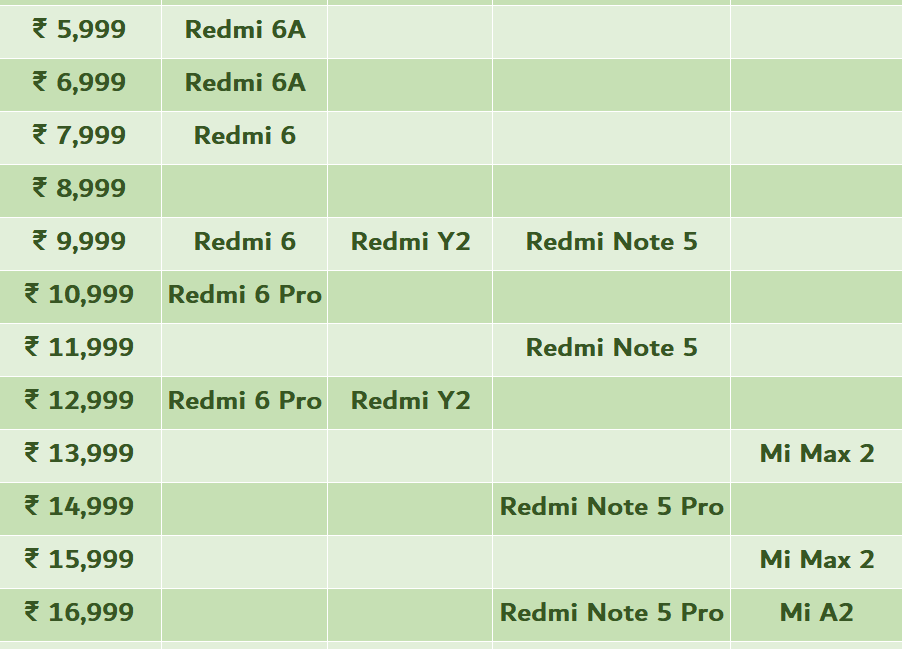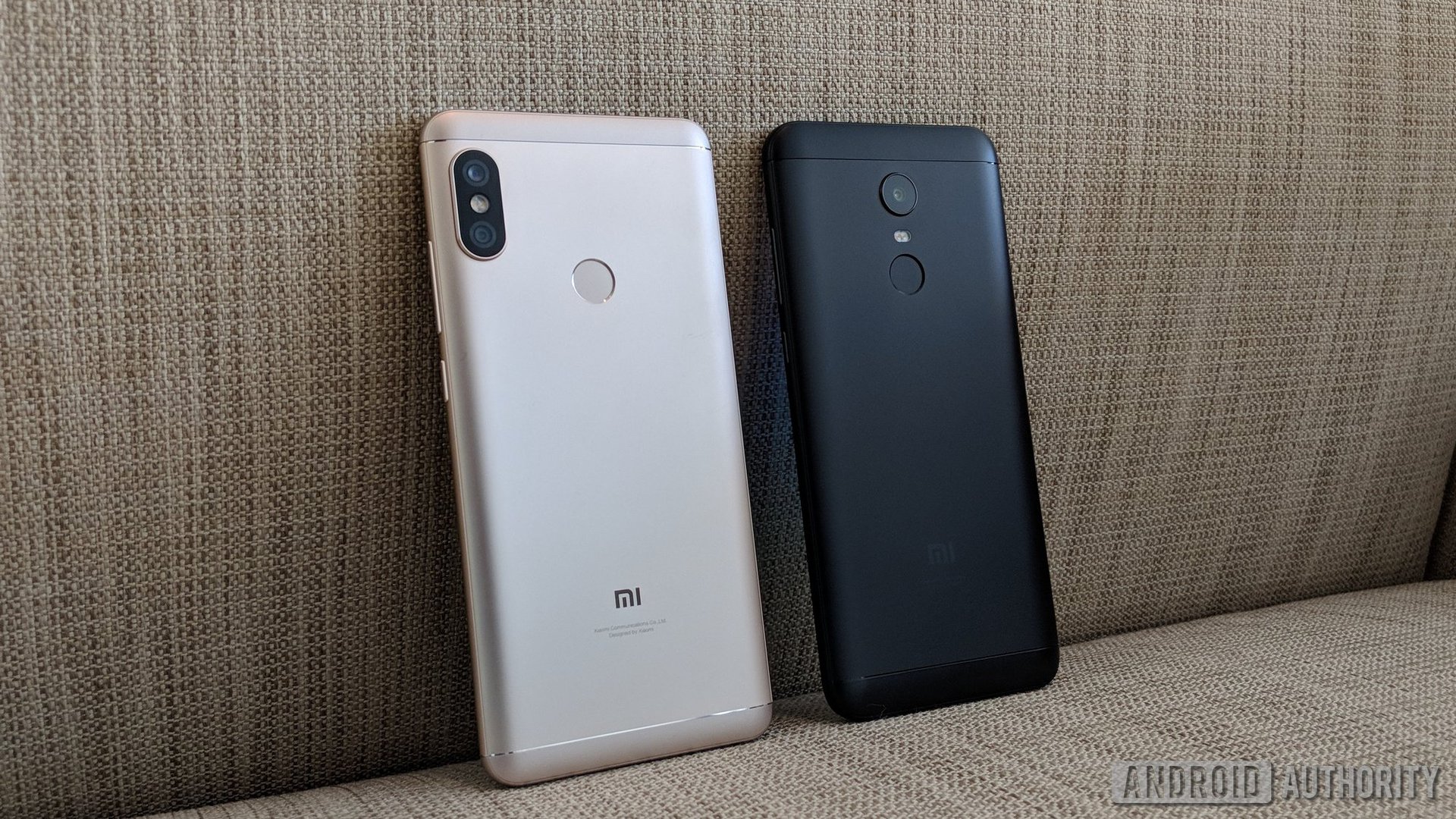Affiliate links on Android Authority may earn us a commission. Learn more.
Is there a thing like too many Redmi phones? Xiaomi doesn’t think so
Published onSeptember 18, 2018

The company’s juggernaut is on a roll, and Xiaomi has chosen to launch one smartphone after the other, often with similar internals and at similar price points. Experts have wondered if one series of smartphones from Xiaomi cannibalizes another of its own series and if that is a great approach.
In India, for example, right now, Xiaomi sells SIX Redmi devices – not counting the individual memory variants that each is sold in. That’s, of course, apart from the other Mi devices as well as the new POCO F1.
Something for everyone

I recently had a chat with Manu Kumar Jain, Global Vice President at Xiaomi and the Managing Director for Xiaomi India, about the slew of frequent launches. Manu defended the approach insisting that each of the series within the broad Redmi portfolio has a USP and its intended target audience. So, while Redmi Note 5 is for customers looking for a balance between performance and battery life, the similarly priced Redmi Y2 is for those looking for a better selfie experience.
At this moment, in India, there are 15 variants of Xiaomi smartphones priced under $250.
Then there are non-Redmi phones like the Mi A2 and Mi Max 2 each with its own highlight and audience – the former comes with stock Android instead of MIUI, the only such Xiaomi phone in the market, and the latter has an unconventionally large display for phablet fans.
Of course, we’ll keep out the Mi MIX2, Xiaomi’s attempt in the premium smartphone category, and the latest POCO F1, the company’s new sub-brand that offers flagship specifications at more affordable prices. These devices are priced much higher than the Redmi smartphones and do not target the same demographic.
A device at every price-point
From ₹5,999 ($83) to ₹16,999 ($234), Xiaomi has a device at every price point (except ₹8,999, surprisingly!).
The following table lists down all the Xiaomi smartphones available in India right now. For the purpose of simplicity, I’ve taken slabs of ₹1,000 ($13.75) for a uniform incremental budget increase a potential customer usually considers. Incidentally, the higher spec’d variant of the Redmi 6 priced at ₹9,499 is the only aberration in the otherwise ‘999’ pricing by Xiaomi in India.

A lot of my media colleagues and people who buy more expensive smartphones often think and make recommendations assuming that a better device at ₹10,999 should be an obvious choice instead of the one at ₹9,999. It’s often not the case. In its price range, for most budget-conscious customers, ₹1,000 (about 10%) is a considerable jump in the budget and rarely a customer goes beyond ₹2,000 increase in his or her budget to opt for a higher priced device and rather consider making a compromise in the feature that the higher priced device offers.
It’s totally different from how a potential customer for ASUS Zenfone 5z will stretch his budget a little to maybe opt for the OnePlus 6 if he is so inclined. Like I said, different demographics.
The decision making

Interestingly, a lot of purchases of Redmi devices are defined by availability and not by choice – once a customer decides on buying a ‘Xiaomi device’. Xiaomi has been notorious of always being in short supply of its smartphones relative to the humongous demand it sees, and often someone looking for the new Redmi 6 for example, might just buy the Redmi Note 5 because the former got sold out in few seconds on the sale day.
Also, a lot of Redmi devices have almost similar internals. Yes, Snapdragon 625, we see you there. For a lot of casual users, there is very little differentiation between the middle of the road Redmi devices – in design or on the specifications sheet.
Summary
It’s hard to argue with success, and as Xiaomi maintains its lead as the top smartphone brand in markets like India and continues to grow in European markets, it’s looking like Xiaomi’s approach is getting them the rewards.
Broad choice for a customer is not really a bad thing, although it does make the decision-making process a tad tedious.
Have you bought a Xiaomi smartphone recently? How did you arrive at the decision to pick the one you did? Also, do you think Xiaomi is getting overboard by stretching the Redmi series of smartphones? Tell us in the comments!